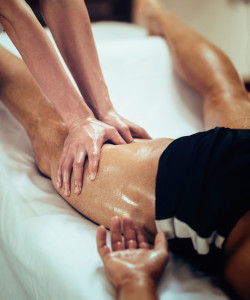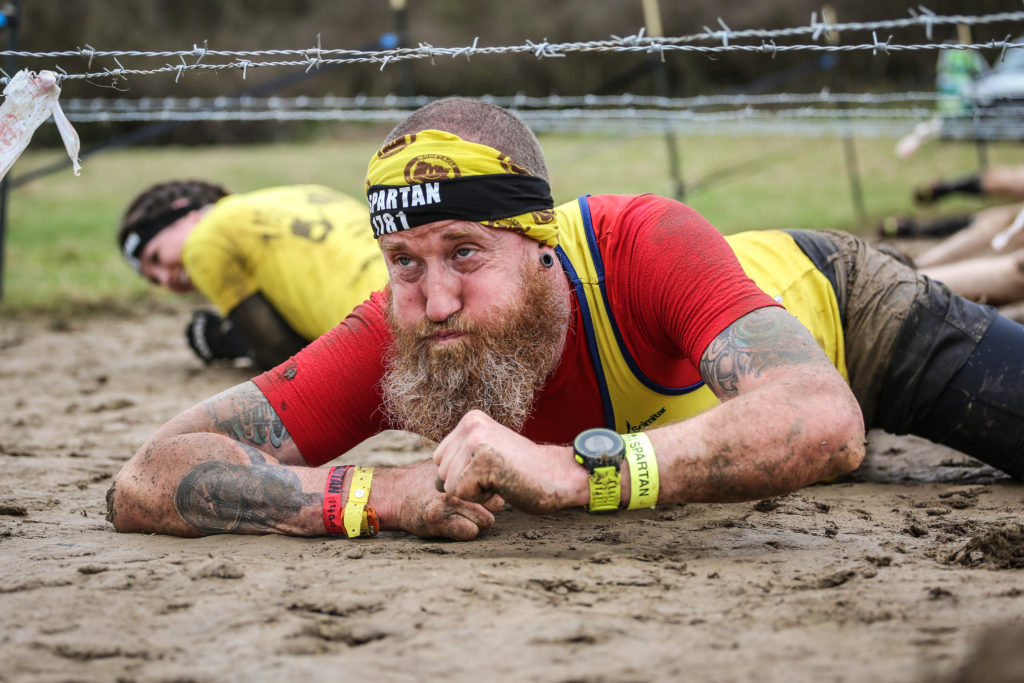 We all know the feeling: you bend forward to touch your toes and the muscles in the back of your legs feel like they are going to snap!
We all know the feeling: you bend forward to touch your toes and the muscles in the back of your legs feel like they are going to snap!
Almost everyone we treat in our clinic thinks they have tight hamstrings. Well, the good news is, 99% of you don’t!
Here’s the truth: your hamstrings feel “tight” because they are actually doing their job. They are switching on to stabilise your pelvis because your core stability muscles and glutes aren’t work properly! You should actually be grateful; if they didn’t compensate for your weak hip flexors and abdominals, you would fall flat on your face (embarrassing in the gym)!
So, why are my glutes and core not working?
Modern humans spend 80% of their lives time sat down in front of a screen, and we simply aren’t designed to sit for this length of time. I’ve never seen a chimpanzee use an iPad! When we sit down lots, the hip flexor muscles get short, tight and weak and our glute muscles become inactive because we don’t use them.
How do I fix it? Stretch my hamstrings?
Absolutely not. Stretching your hamstrings will, in fact, make the problem worse by taking away your body’s clever survival mechanism.
What do I do instead?
There are 4 major things you can do to improve your hamstring tension.
- Foam roll the front and back of the thighs before training.
- Stretch your hip flexors (Quads and Iliopsoas). This will put your pelvis into a neutral position and unload your hamstrings.
- Do some core and glute exercises, like planks and glute bridges. Then your hamstrings don’t have to work so hard to keep you upright!
- Perform full range of motion leg exercises, like step-ups, lunges and squats. If you don’t use the full range of motion, you lose it.
How long should I do this for?
If you work at a desk, then you need to do this twice a week for 12 weeks. See if it makes a difference by touching your toes to test.
Robert Griffiths is a chiropractor and rehab therapist at ProPerformanceClinics.com






